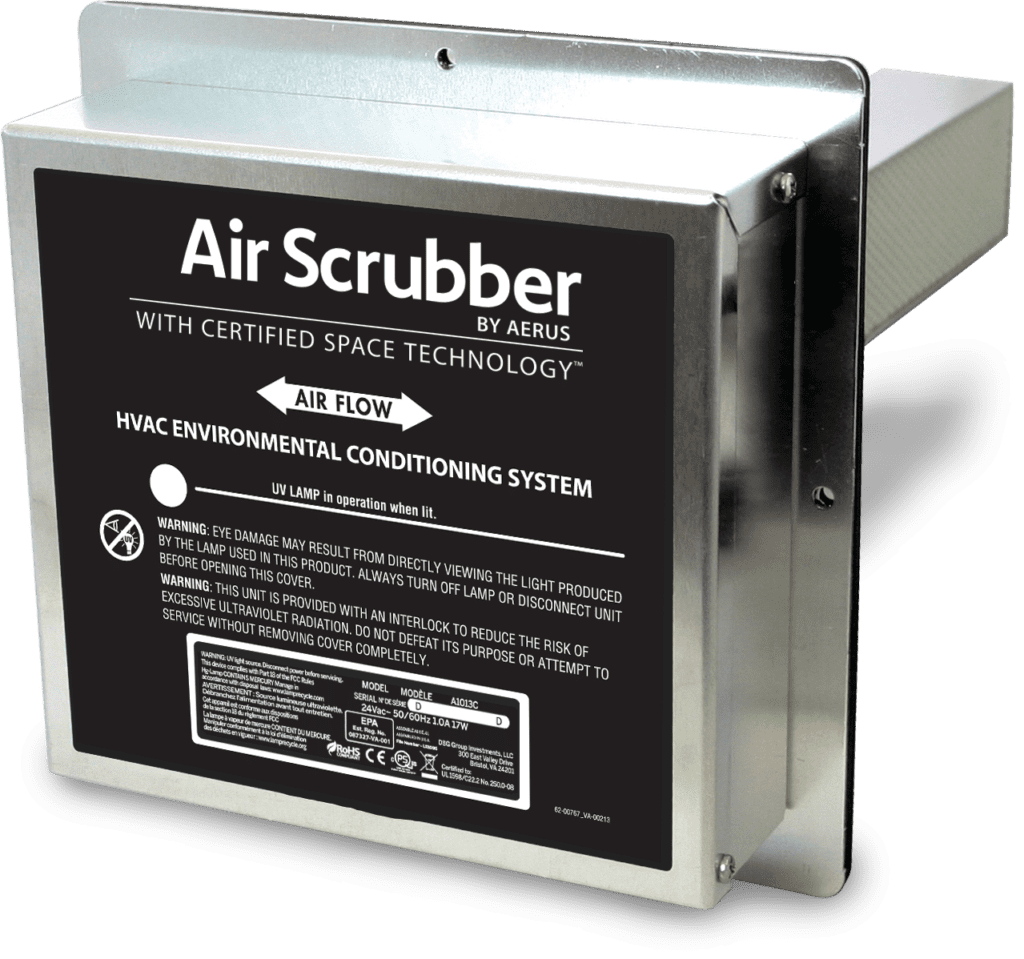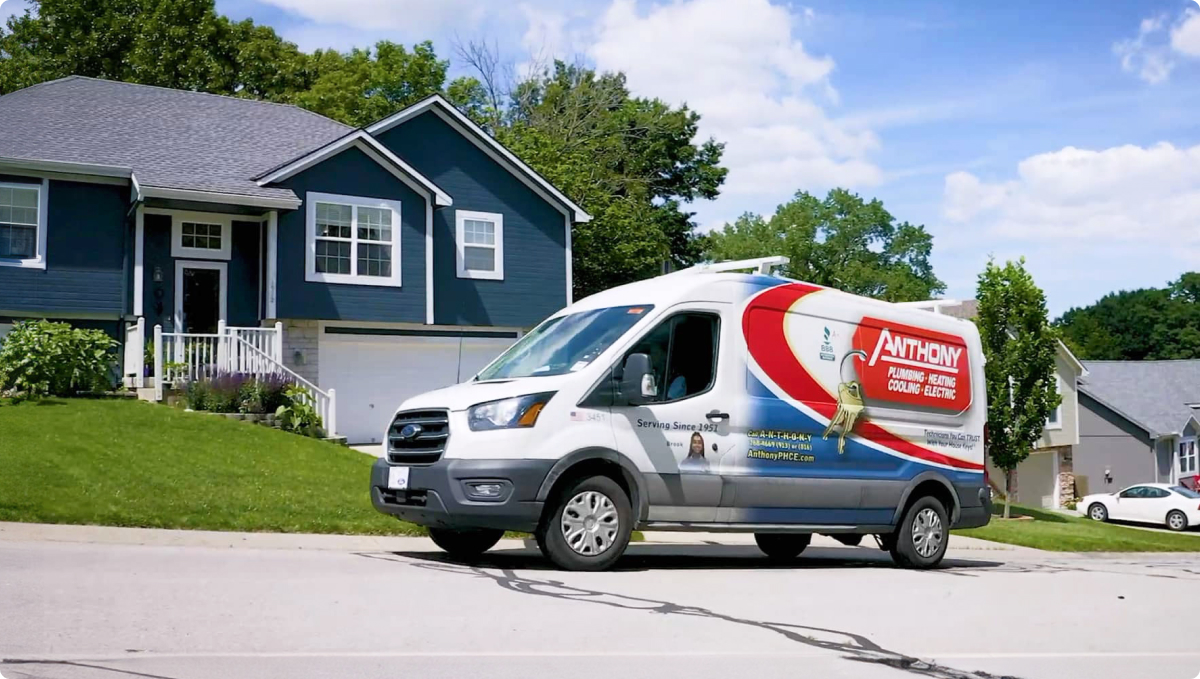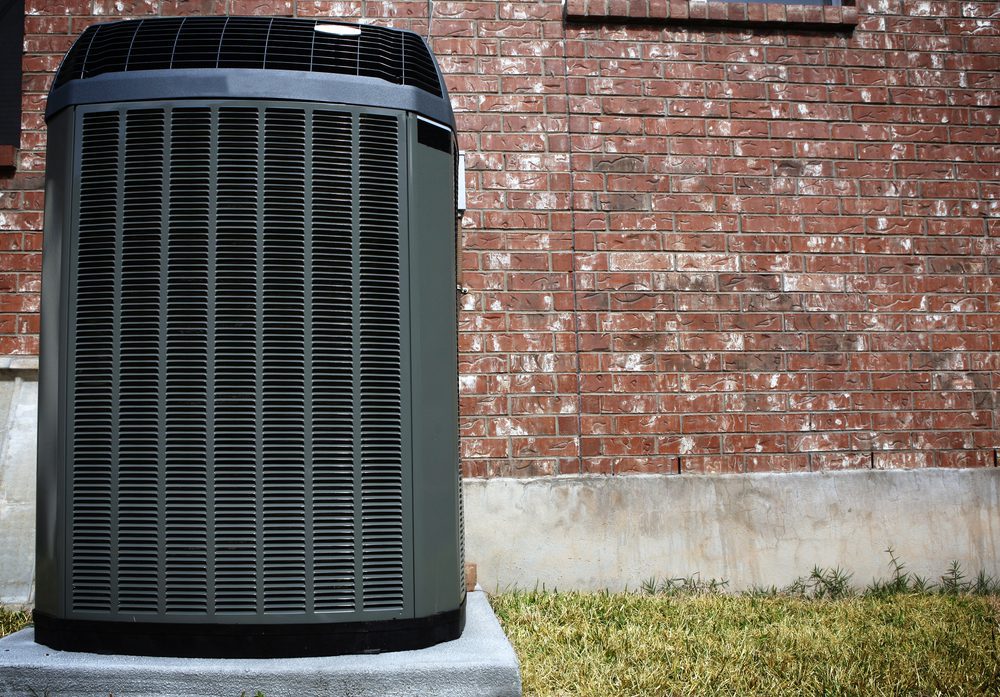Reduce Allergens & Improve Indoor Air Quality

Indoor air pollution is among the top five environmental threats to human health. According to the Environmental Protection Agency (EPA), indoor air pollutants maybe two to five times higher than the pollutants outside. No wonder your eyes are itching! Considering Americans spend so much time indoors, it has increased because of the world pandemic over the past year.
Hidden Sources of Indoor Air Pollution
Moldy Houseplants and Basements
Wet conditions can cause mold to grow anywhere; those with mold allergies should limit all sources of moisture in their homes.
Clutter
With clutter comes dust, and with dust comes allergens. It is easier to clean an uncluttered home where dirt, dust, and dander can hide.
Perfumes and Cleaning Products
Candles, personal care products, and laundry detergents smell nice, but they wreak havoc with your air quality. The chemicals in these items are readily absorbed into your skin and lungs.
Steamy Showers
During a 10-minute bath or shower, you can absorb 100 times more chlorine than you do drinking a gallon of the same water. Without a filter and ventilation, that toxic chlorine becomes airborne and gases throughout your home.
Stored Paint Cans
Paint cans, even sealed ones, often leak airway-annihilating volatile organic compounds, aka VOCs.
Furniture and Flooring
Glues and binders are the culprits here. Pressed wood materials and glues binding carpet and flooring cause VOCs to flood your living space.
Carpeting
Dust and dander collect in carpet fibers, triggering asthma and allergy attacks. Carpets also give off VOCs.
Easy Solutions to Improve Indoor Air Quality

Filter Your Air
Look for air filters that handle particulate matter, such as dust, and dander, and chemical matter.
Central air cleaners that operate when your furnace fan is on work nicely. The best filters for people with allergies are high-efficiency particulate air (HEPA) filters, specially designed to remove allergens from the air.

Ionize Your Air
Ionic air cleaners generate an electrical charge (negative ions) that makes the pollutants in the air ‘sticky.’ The ions attach to airborne molecules, making them negatively charged and attractive to the positively charged particles nearby. Ionic air cleaners are particularly effective at removing odors. They are also quiet, energy-efficient, and don’t require replacement filters.

Shed Some UV Light on the Issue
Ultra-violet (UV) lamps installed on your heating and cooling system effectively destroy pollutants like bacteria, mold, and viruses. The UV rays “incinerate” particles as they pass through, making breathing easier for those with asthma, lung complications, and allergies. The UV lamps’ effectiveness is based on the molecule’s direct line of sight contact with the lamp and the proximity (closeness) with the light.
Click here for more information on the different types of air cleaners.
Keep an Eye on Humidity
Dust mites and mold flourish in humid homes. A properly operating AC unit keeps your home’s humidity at an optimal 40%-60% relative humidity level, so giving your AC unit a yearly tune-up is essential. Fixing leaky plumbing is critical, so moisture cannot escape from pipes and appliance hoses. Venting cooking smoke and clothes dryer exhaust is also vital to reduce humidity and particulates in the air.
COVID-19 Doesn’t Like humidity
The SARS-CoV-2 coronavirus that causes COVID-19 can float around your home in the air. It only has a limited amount of time before heat, light, and humidity dissolve its “spikes” that it needs to latch onto your cells. This is called airborne decay. These viruses, like all viruses, are more subject to this airborne decay when these environmental conditions increase:
- UV Light
- Temperature
- Humidity
Numerous studies have shown that flu viruses, including the coronavirus, thrive in cold, dry conditions, which causes them to become more of a problem during the winter cold and flu season. The estimated airborne decay of the SARS-CoV-2 coronavirus that causes COVID-19 occurs much more quickly in the heat, humidity, and UV light.
Click here to learn more about how humidity can help against COVID-19
Test for Radon
Radon is a dangerous radioactive gas formed from the natural decay of uranium found in soil, and it enters your home through cracks in the foundation. There’s also a correlation between granite countertops and increased radon levels. Radon is colorless and odorless, so you must use a radon testing kit to know if it has invaded your home.
Contact a Professional to Tune Up Your AC, Check Your Plumbing, and Install Air Cleaners
While there is a lot you can do by yourself to improve your home’s indoor air quality, it is best to contact HVAC professionals to keep AC units in top working order and install whole-house air cleaners and UV lamps. Contact us for advice and free estimates on systems and services that fit your budget and needs.



